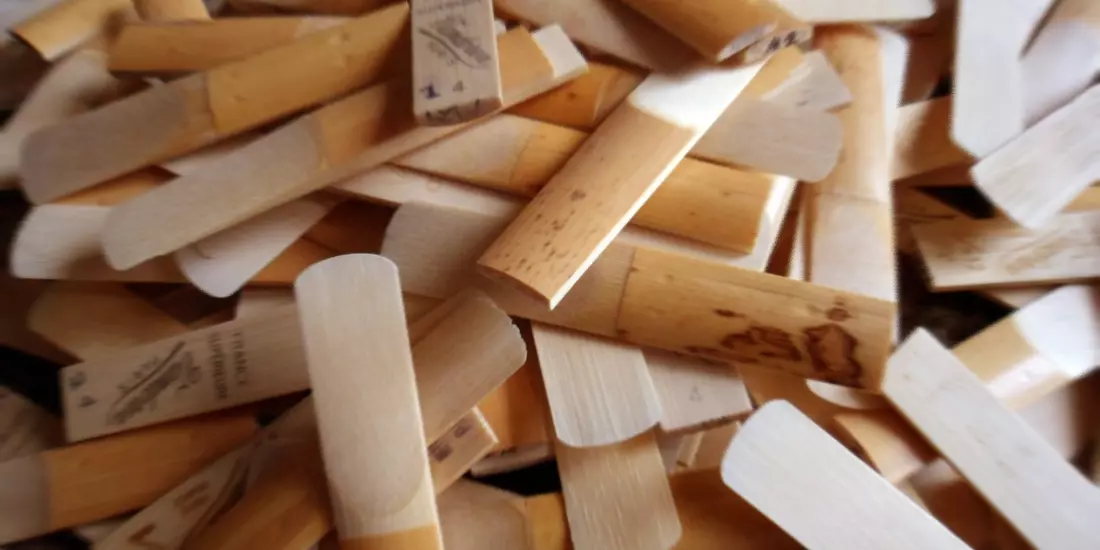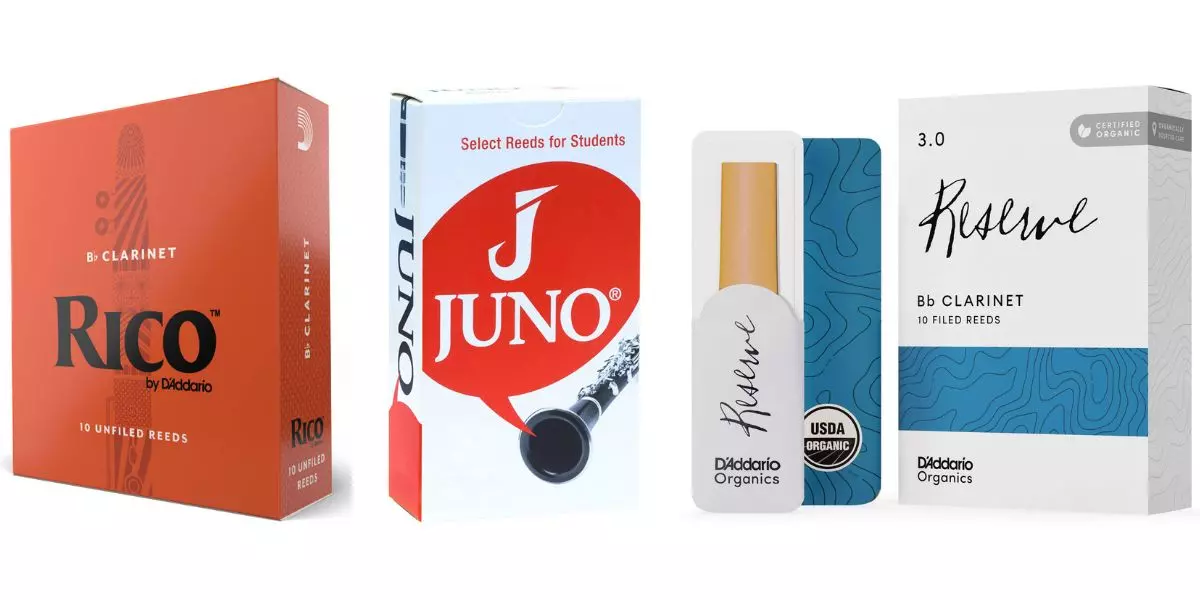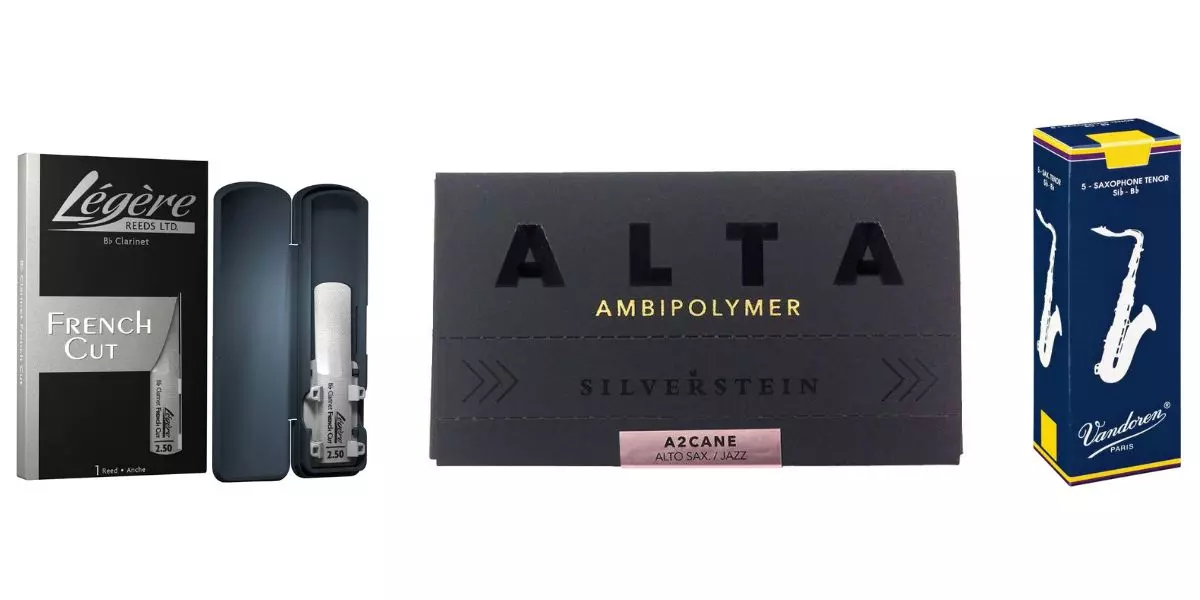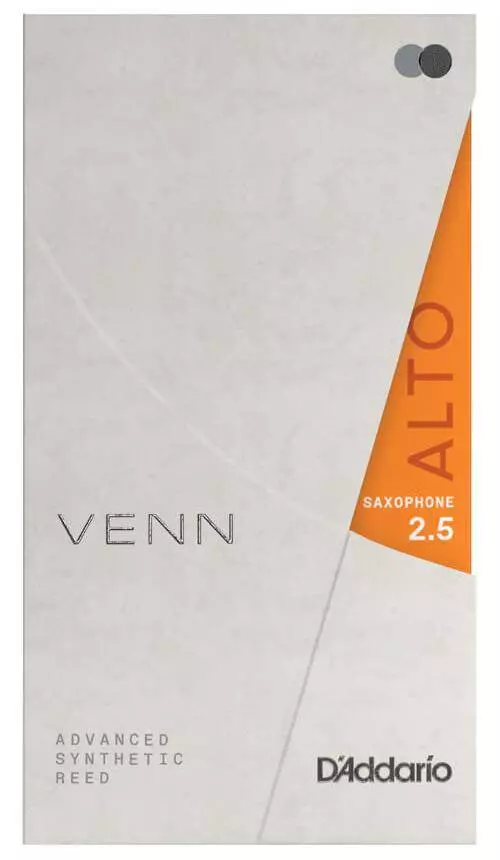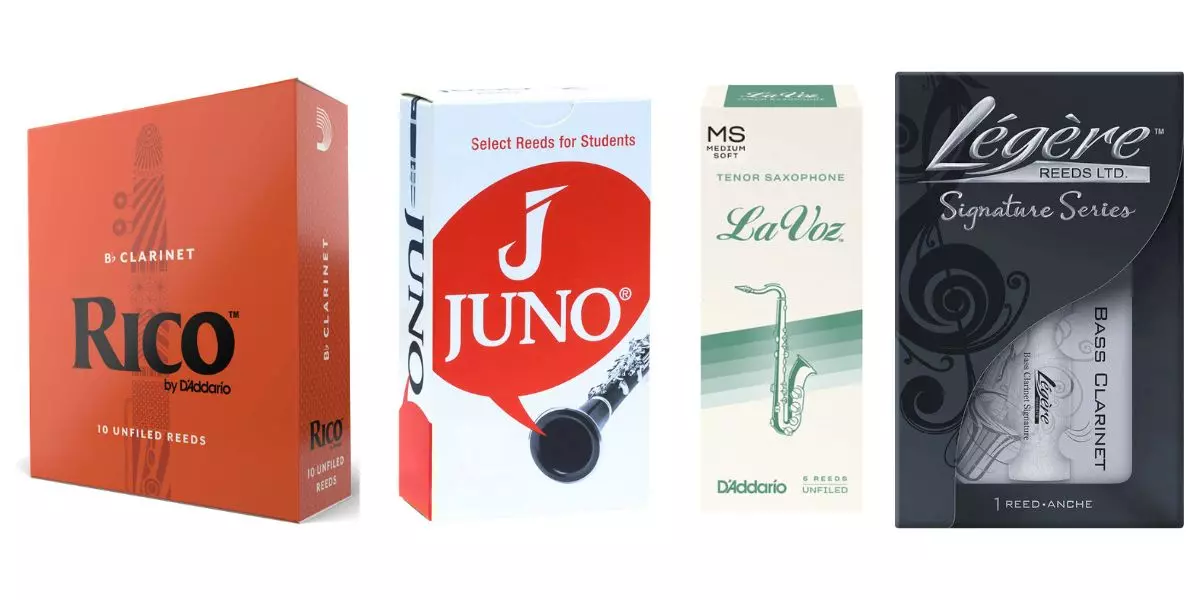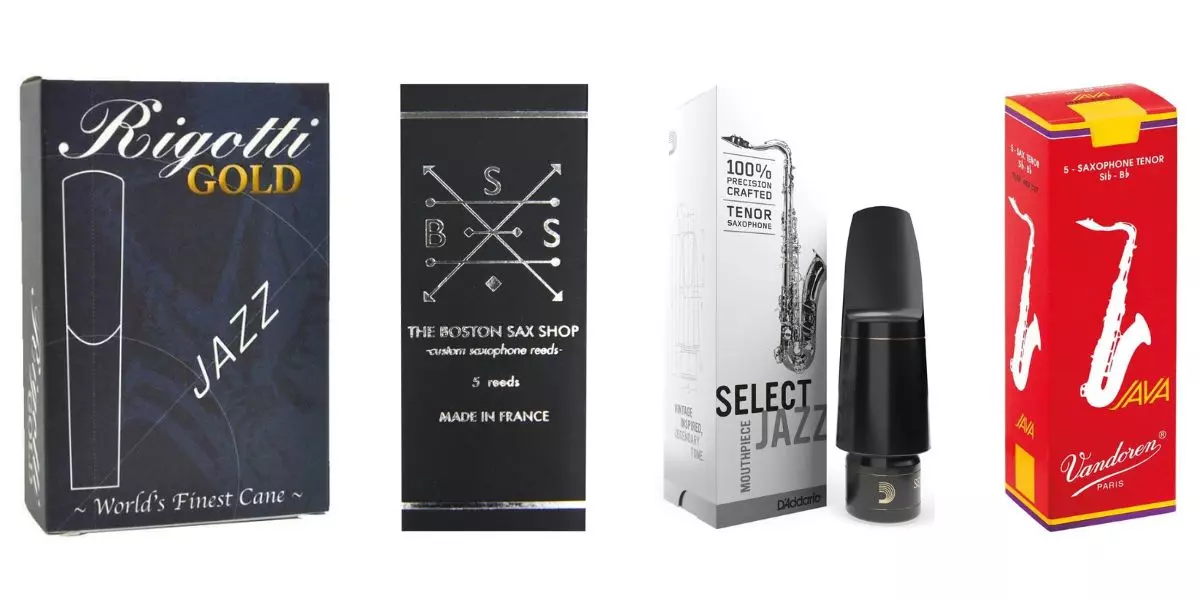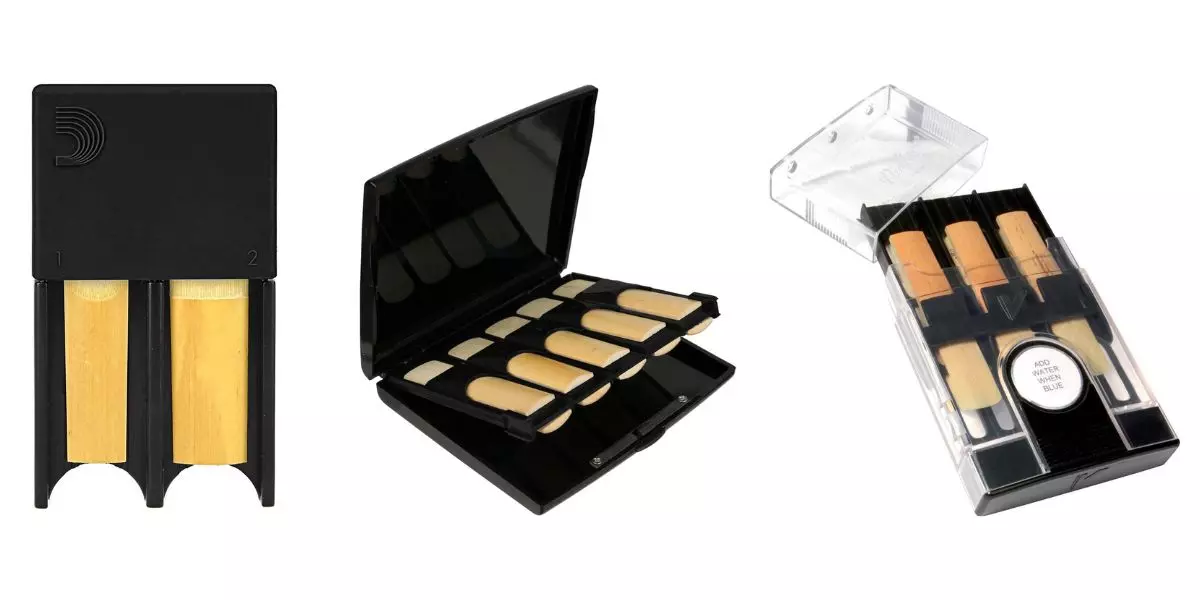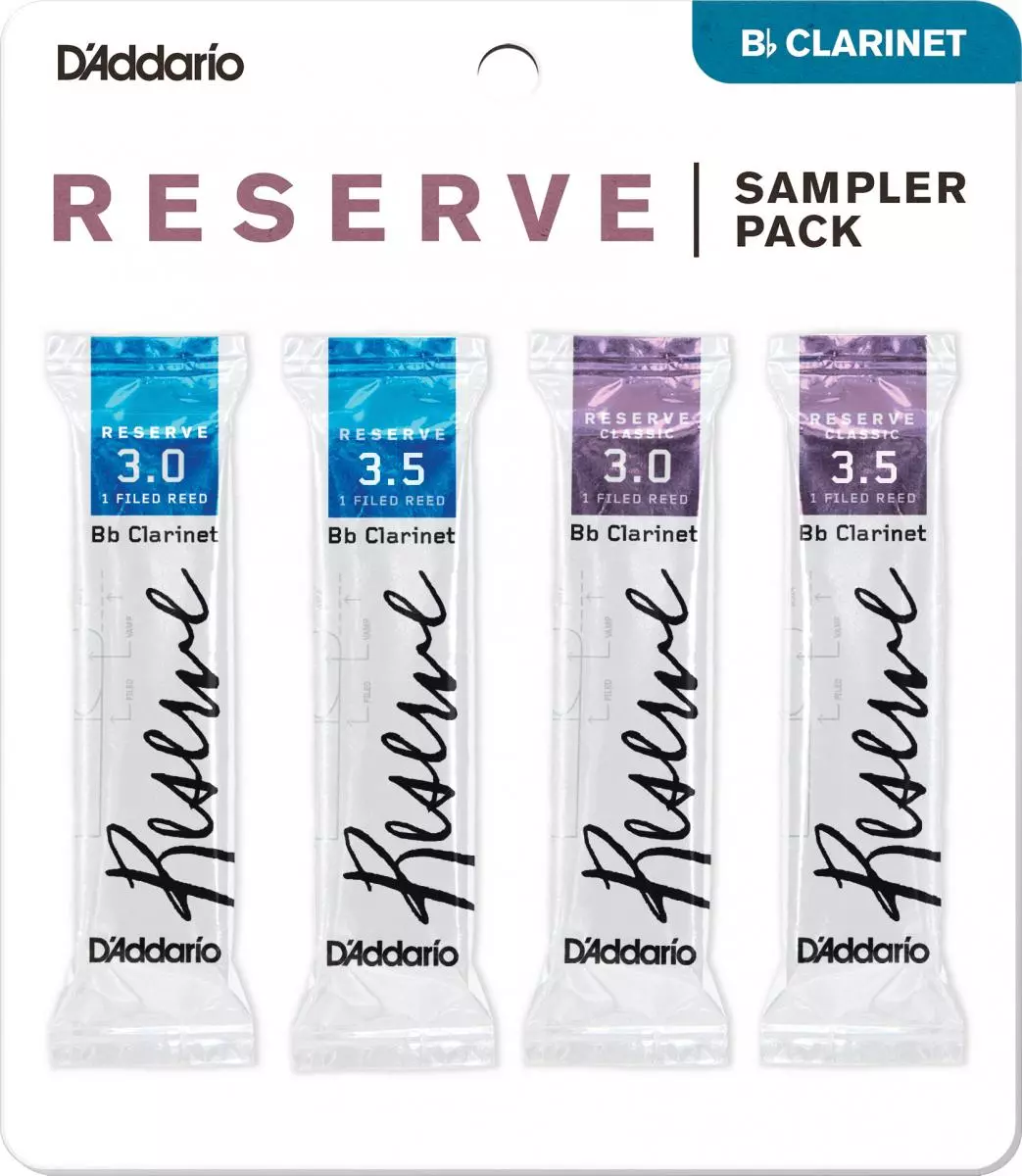Getting a Read on Reed Mouthpieces
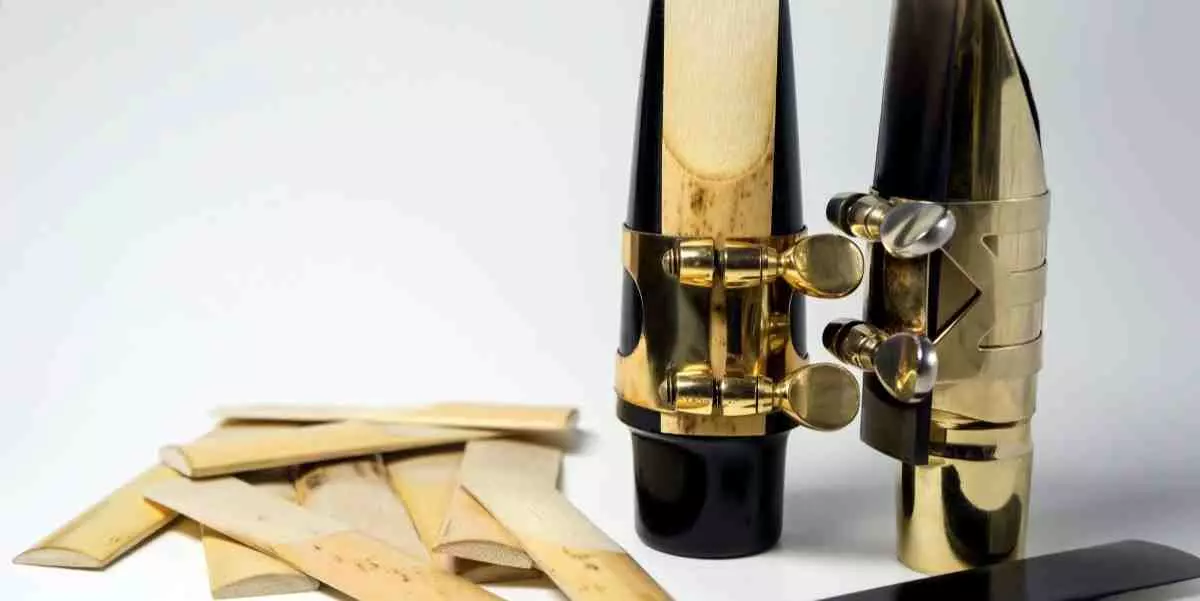
When delving into the world of woodwinds, one aspect that needs consideration is: What reed mouthpiece is right for me? This blog will review reed mouthpieces and the unique reeds available, including material, strength, and cut.
Materials Used to Make Woodwind Reeds
Natural Cane
Most modern woodwind reeds are still traditionally made with dried Arundo Donax (or “Giant Cane”) cane. A. Donax is a perennial grass native to North Africa and the Greater Middle East. It is now grown worldwide as an energy crop and is considered an invasive species in some areas.
Cane grows quickly in many different soil types, making it a highly sustainable material. Most cane grown for use in woodwind reeds is harvested in southern France or Spain.
The cane is cut, laid out to dry in the sun for several months, and then stored. Once selected, the tubes are cut in two lengthwise and then cut into reed blanks for use in either single reeds (Clarinets and Saxophones) or double reeds (Oboe, Bassoon, English Horn, Duduk, and Bagpipes).
The reeds are then tapered and filed according to manufacturer specifications. Many manufacturers, such as Vandoren and Rico, manage their own reed farms and can oversee and control the entire process from field to packaging.
Natural cane reeds produce a full sound but are also prone to natural quirks and can be somewhat inconsistent from reed to reed due to those quirks. A natural cane reed usually lasts about 2-4 weeks, depending on the frequency of use.
Natural Cane Brands to Check Out:
For beginners and students – Try Rico, Juno
For advanced professionals – Try Vandoren, D’Addario Jazz Select, D’Addario Reserve
Synthetic Reeds
A relative newcomer on the scene is synthetic reeds. This method uses a polymer material to produce reeds more consistently than their natural cane cousins. They are also more durable than natural cane reeds, with some players using the same reed for several months without requiring a replacement.
One of the first manufacturers on the scene was Bari Reeds (the company, not the saxophone), which produced synthetic reeds as early as the 1950s; several others have since joined them, including Canadian company Légère, Rigotti, Silverstein, and most recently, Vandoren.
Synthetic Reed Brands to Check Out:
Try Légère, Silverstein, Vandoren
Hybrid Reeds
In the last few years, some companies have ventured into synthetics, but with a slight twist. D’Addario is one of only a few manufacturers with hybrid reeds on the market. The company’s Venn reeds feature natural cane fibers suspended in a synthetic material for a ‘best of both worlds’ feel and sound.
Hybrid Reed Brands to Check Out:
Try D’Addario
Reed Strength
Reed strengths can be related to pant sizes. There are common sizes, but different manufacturers can't agree on what constitutes a certain size. Similarly, with woodwind reed companies, no two 2.5 or 2 ½ reeds will feel the same.
Generally, most woodwind students start on a Rico Orange Box 2.5 reed, but they might also be able to play on a Juno 2.0, a La Voz Medium Soft, or a Légère Signature 1.75. Beginner players are encouraged to try different reeds and see what works best. Like many other things, what works for one player may not work for another.
Once the player is comfortable, it is usually a good idea to increase the strength of the reed. A harder or stronger reed can help woodwind players hit notes in the upper register more easily and clearly as they begin to play more challenging repertoire.
Another reason to change reed strengths might be to better suit a new mouthpiece. For example, if you get a mouthpiece with a wider tip opening, you’d want to move to a softer reed. You’d want to get a harder reed if you’ve got a mouthpiece with a narrower opening.
Many players may not know that reeds are not cut to be a particular strength! The way a reed is cut shapes the reed for a type or style of sound, but the strength is based on the density of the cane itself. Once cut and filed, each reed is tested for tip flexibility on a machine.
Depending on its flexibility, the reed is sorted according to strength for packaging. This is why each reed in a package can feel slightly different.
Reed Cuts
In addition to the strength of reeds, companies make various cuts on their reed blanks to appeal to musicians playing different styles of music. Specific cuts will give the reed better resonance, a more vigorous ‘attack,’ or an improved response.
These cuts can also influence whether a reed has a darker or brighter sound. Musicians who play classical music may desire a reed cut with a darker, warmer sound to blend with the orchestra, while those who play Jazz or Rock might look for something brighter and punchier to cut through the rest of the band. Each reed usually has a description of the cut and style on the packaging to help players choose the proper cut for their playing style.
For that darker, warmer sound:
Try Rigotti, Boston Sax Shop
For that bright and punchy performance:
Try D’Addario Filed Jazz Select, Vandoren Java Red
Reed Cases and Guards
To get the most out of your reeds, we recommend keeping them in a reed guard or reed case when not being played. Keeping your reeds protected in a case will help prevent the tip from warping between playing sessions and allow cane reeds to dry completely.
Many players store cane reeds with a humidity pack to ensure reeds stay pliable and less prone to warping. You can purchase ready-made cases like the D’Addario Reed Vitalizer case or store them in their reed guards in an airtight container with humidity packs. Remember that cane reeds should dry thoroughly before being stored in a humidified case, as mold can form on natural reeds.
When not in use, store synthetic reeds in their case or a reed guard. If they get dirty, clean them with warm (not hot) water and a mild detergent. Since synthetic material is non-porous, bacteria can grow much more easily, but you should still clean and store them properly.
Storage Solutions to Check Out:
Try D’Addario Reed Guard, Protec, Vandoren
Sampler Packs Help Choose Which Reed is Right For You
We recommend trying different reeds to see what might work best with your specific setup, and don’t be afraid to try new things! Cane reed players may find it helpful to try two or three of the same cut/strength reed to become familiar with the average reed playability, as the natural variability will be different on each one.
Reserve Sampler Pack by D'Addario
Many companies make a “Sampler Pack,” which features several different reeds from their lineup, so you can try a few out before buying a whole box. You can also visit your local Long & McQuade store and speak with the knowledgeable Band & Orchestra staff for personal recommendations on individual reeds from several companies.
- - - - - -
Holly is a multi-instrument woodwind player who has been playing for over 25 years. Her primary instrument is the Baritone Saxophone, and she also plays Alto Sax, Clarinet, and Flute. She enjoys playing concert band music and loves a good musical pun. Holly has been an employee at Long & McQuade Halifax since January 2020.




